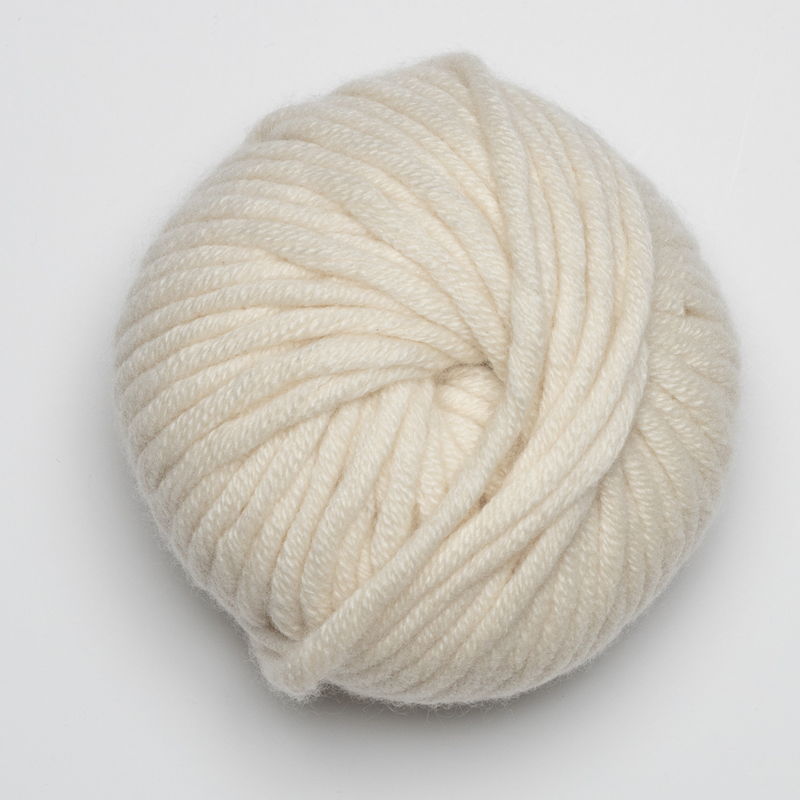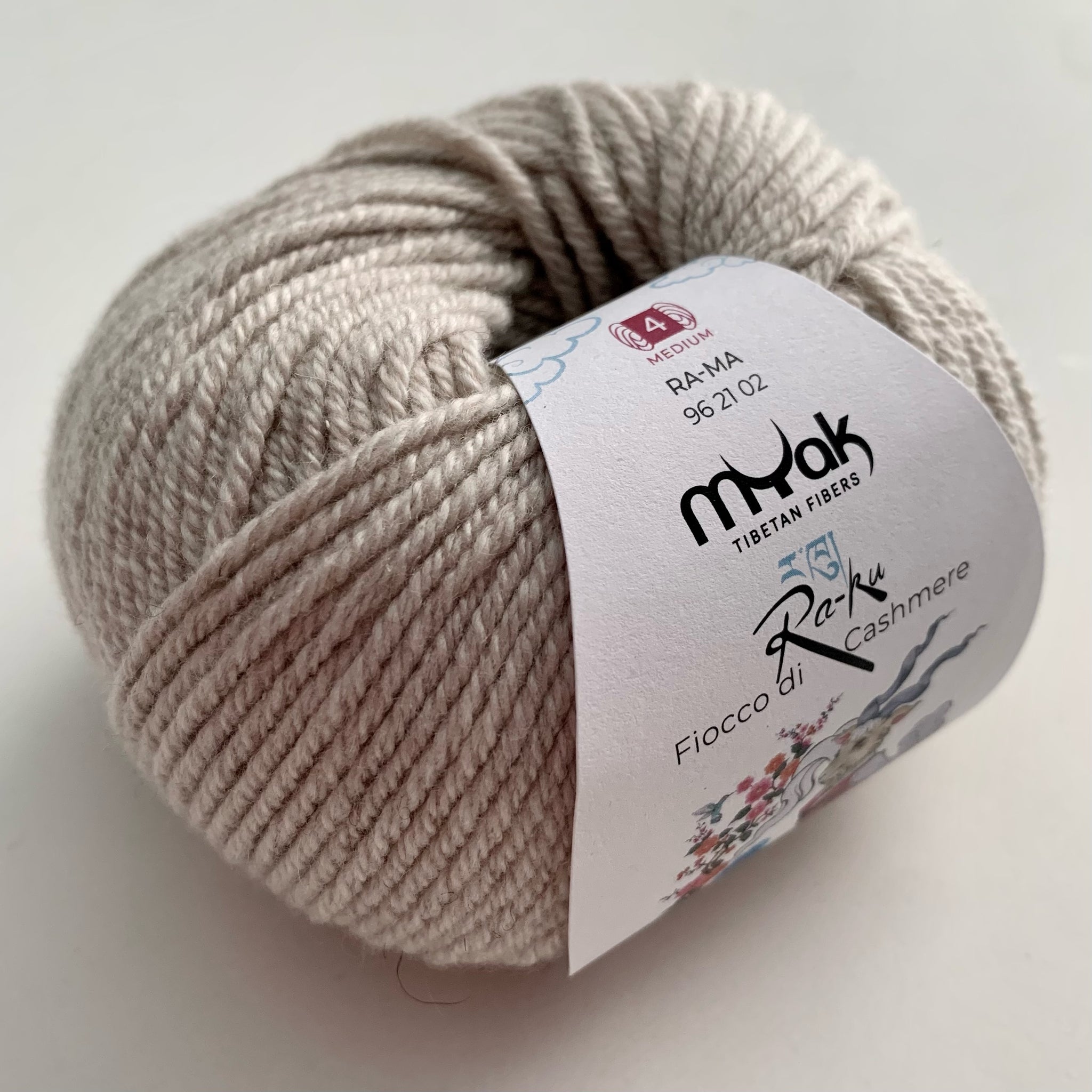What Material Is Cashmere? Understanding Its Special Characteristics and Uses
Wiki Article
Discover the Appeal of Cashmere an All-natural Fiber: Why It's a Must-Have in Your Wardrobe
The attraction of cashmere, a high-end natural fiber, transcends plain visual appeals. From discussing its interesting origin to comprehending its production care, top quality, and procedure, it's worth discovering why cashmere holds such an unique location in the world of textiles.
The Origin and History of Cashmere: A Quick Introduction
While lots of may see cashmere as a simple luxury, its background is steeped in rich social custom. Originating from the Kashmir region in India, cashmere woollen has been produced for hundreds of years. The fiber is acquired from the soft undercoat of cashmere goats, harvested throughout their molting period. As a precious asset, it was traded along the Silk Roadway, becoming very valued in Europe in the 18th century. The name 'cashmere' is an old English derivation of Kashmir. Regardless of its worldwide popularity, most of cashmere production still continues to be in Asia, particularly China and Mongolia. This historical trip highlights the cultural value of cashmere, transforming it from a regional specialized to a global deluxe.Recognizing the Distinct Characteristics of Cashmere Fiber
Cashmere, renowned for its distinctive features, stands apart worldwide of textiles. This extravagant fiber is incredibly soft, supplying a comfortable and comfortable feel unlike any kind of other. It is considerably warmer than woollen, making it a perfect option for winter months garments. Despite its warmth, cashmere is remarkably light-weight and doesn't add unnecessary mass. This all-natural fiber is also known for its toughness. While various other materials may wear down gradually, cashmere preserves its quality, guaranteeing lasting wear. Cashmere possesses a distinct aesthetic charm. Its mild appeal and style make it a staple in premium style. Recognizing these homes makes clear why cashmere is not just a high-end, yet a worthwhile investment for any type of closet.

The Refine of Producing Cashmere: From Goat to Garment
To appreciate the elegant residential properties of cashmere totally, one must recognize its trip from the raw fiber to the finished item. The procedure starts with the cashmere goats, primarily found in Mongolia, China, and Iran. The soft undercoat of these goats, collected throughout their natural molting period in spring, gives the raw product. This fragile fiber is after that thoroughly separated from the coarser outer hair in a labor-intensive procedure known as dehairing. The pure cashmere is then colored, spun right into thread, and finally knitted or woven right into the desired garments. Each action is diligently carried out to preserve cashmere's remarkable heat, soft qualities, and resilience. This intricate procedure results in the production of a truly extravagant material.
Deciphering the Quality and Price: Why Is Cashmere so Expensive?
Cashmere stems from the fine undercoat of the cashmere goat, with each goat generating a mere 150 grams annually. The processing of raw cashmere calls for both time and knowledge, with the fibers requiring to be meticulously arranged, washed, and spun. These factors combined make cashmere a pricy yet very in-demand product in the world of style.Cashmere in vogue: The Flexibility and Timeless Allure
Regardless of its high cost, the timeless allure and adaptability of cashmere have strengthened its location in the realm of style. The fiber's special texture, identified by its gentleness and warmth, has actually ended up being synonymous with high-end and comfort. Its flexibility prolongs past seasonal patterns, making it a closet necessary in different kinds, from sophisticated sweaters to posh headscarfs. The versatile nature of cashmere permits its integration right into both formal and laid-back attire, symbolizing its broad charm. Moreover, the material's enduring popularity for many years vouches for its classic charm. As trends reoccured, cashmere continues to be a constant, its appeal undiminished, remaining to shape the fashion and motivate sector's landscape.Taking Care Of Your Cashmere: Upkeep and Conservation Tips
Making certain the longevity of cashmere garments requires particular care and attention. These valued ownerships must not be thrown right into the cleaning device with routine laundry. Instead, hand washing with gentle, pH-neutral soap in lukewarm water is suggested. After cleaning, they must not be wrung out. Rather, they need to be carefully pushed between towels to absorb excess water, then laid flat to dry. Routine brushing with a cashmere comb can stop pilling. Keeping these products in an amazing, dry place, preferably in a breathable bag, can protect them from moths and humidity (is cashmere a natural fiber). A periodic airing outside, far from direct sunlight, can refresh the fibers. With these maintenance and conservation ideas, one can guarantee their cashmere stays resilient and luxuriously soft.Final Thought
Cashmere, with its unparalleled gentleness and heat, provides both high-end and longevity. Discover the allure of cashmere and raise your style repertoire.
Report this wiki page